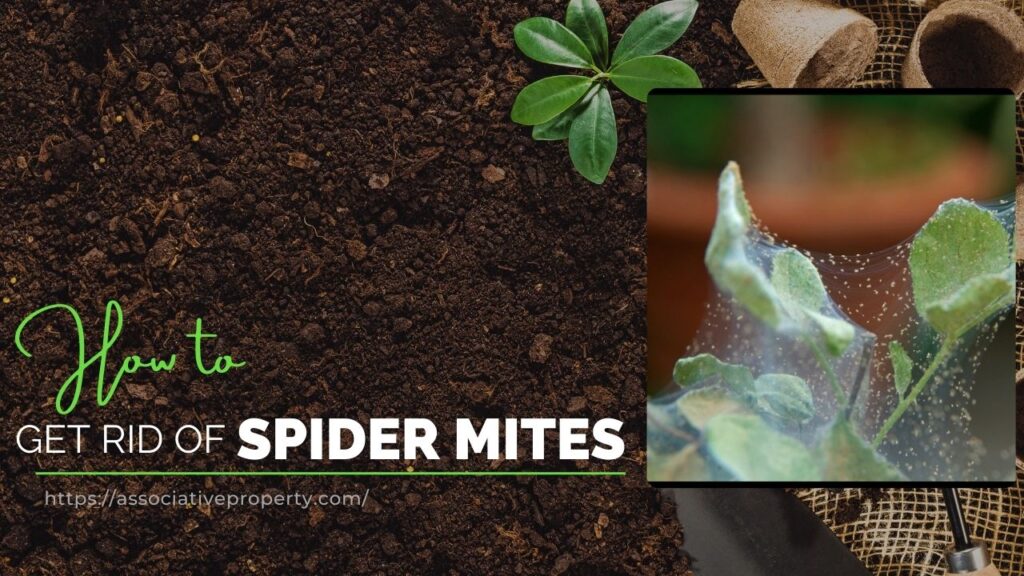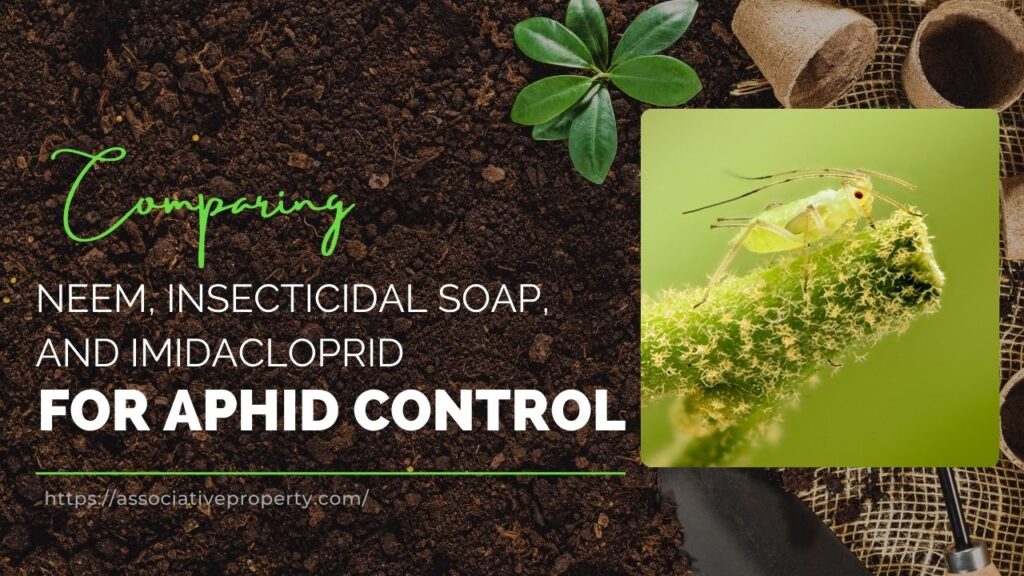Growing tomatoes at home has been one of the most satisfying gardening experiences for me. You might think it starts with sowing the seeds, but I learned that the first step is actually choosing the right seeds.
Also Read: Top 10 Easy Vegetables to Grow at Home
Choosing the Seeds
You don’t always need to buy tomato seeds from a store. I often use heirloom tomatoes that I already have in my fridge. I just cut a thin slice and plant it directly in the soil. It’s easy, affordable, and works surprisingly well.
Tomato Plants Love the Sun
One thing I’ve noticed is that tomatoes love sunlight. They need 5 to 8 hours of direct sun each day. The more sun they get, the better they grow. I always make sure to keep my tomato plants in an open area with no shade above them. Even a big tree overhead can block the sunlight and affect their growth.
Ideal Temperature and Humidity
Tomatoes grow really well in tropical climates. Where I live, the temperature ranges between 25°C to 38°C, and that’s just perfect for them. I don’t worry much about humidity. Whether it’s a bit moist or dry, tomatoes manage just fine.
Soil Mix That Works Best
The soil is another important part. I use a well-draining and loamy soil that’s rich in fertilizer. Here’s what I usually mix:
- Regular soil
- Compost
- Coco peat (helps with drainage)
I use planters that are about 6 to 10 inches in size. That gives the roots enough space to grow.
Germination and Transplanting
Tomato seeds usually sprout in 2 to 3 weeks. Once they grow big enough, I move them to a larger pot. This is when I add more fertilizer. Tomatoes are heavy feeders, meaning they need lots of nutrition to produce healthy fruits.
Watering the Right Way
Watering is very important. I always make sure that water drains out from the bottom of the pot. This tells me that even the deepest roots are getting moisture. I water them regularly. If I forget for a few days, I see problems like:
- Cracked fruits
- Rotting
- Poor fruit quality
So, I make a habit of checking them daily.
Pruning for Better Growth
Tomato plants can’t hold too many fruits at once. Their stems aren’t strong enough. So I prune the side shoots, also known as suckers, using a knife or scissors. This helps the plant focus its energy on the main stem and the main fruits.
Common Tomato Plant Problems
Here are some issues I’ve faced while growing tomatoes and how I handle them:
1. Yellowing Leaves
Yellowing is usually a sign of stress, often due to lack of nutrients. I fix this by adding more fertilizer.
2. Leaf Miners
These insects leave vein-like marks on leaves. I spray a mild soap solution. Sometimes I just ignore them, and the plant still does fine.
3. Mealybugs
These are more serious. When I spot them, I:
- Separate the infected plant
- Spray water forcefully to remove them
- Keep the soil slightly moist
This reduces the plant’s vulnerability to pests.
Source: Mealybug on Tomato and Its Management – UF/IFAS Blogs
4. Leaf Spots
This is a fungal disease. When I keep the soil moist but not too wet, it helps reduce these kinds of problems.
Table: Quick Tomato Care Guide
| Care Factor | What I Do |
|---|---|
| Seeds | Use heirloom tomato slices |
| Sunlight | 5–8 hours direct sunlight daily |
| Temperature | Ideal: 25°C to 38°C |
| Soil | Compost + regular soil + coco peat |
| Watering | Regularly, until water drains from base |
| Fertilizer | Add during transplant and every few weeks |
| Pruning | Remove suckers to focus on main stem |
| Pests | Soap spray, moisture balance |
| Fungal Issues | Keep soil moist, avoid waterlogging |
Dealing with Pollination Problems
Sometimes, even if I see beautiful flowers, no fruit comes out. That’s because of poor pollination, often due to lack of bees and butterflies in the garden.
To fix that, I grow friendly plants like basil. Basil attracts bees, and that helps with tomato pollination. Adding lots of flowers in the vegetable garden also helps. Pollinators transfer pollen from male to female parts of the flower, and that increases fruit formation.
Final Thoughts
Growing tomatoes doesn’t have to be hard. With the right sunlight, soil, water, and a little love, the plants reward you with fresh, juicy tomatoes. If you’re interested in learning more, I’ve created several videos in this gardening series where I talk about specific plants and their care. Do check them out.
I’ll be back soon with more tips. Take care.
Frequently Asked Questions About Growing Tomatoes
What’s the difference between determinate and indeterminate tomato plants?
When I started growing tomatoes, I didn’t know the difference either. Determinate tomatoes grow to a certain size, produce fruit all at once, and then stop growing. I usually pick these if I want a quick, one-time harvest. On the other hand, indeterminate tomatoes keep growing, flowering, and giving tomatoes over a longer time. They’re great if you want fresh tomatoes for months.
What’s the best container size for growing tomatoes?
From my experience, bigger is better. I like to use containers that are at least 12 to 18 inches deep. This gives the roots enough space to grow. Small pots might stunt the plant’s growth and give fewer fruits.
What kind of soil pH and nutrients do tomatoes need?
Tomatoes prefer a slightly acidic to neutral soil, with a pH between 6.0 and 7.0. I don’t usually check the pH unless I have issues, but I always make sure the soil is rich with compost and organic matter. That keeps the plant happy and productive.
Should I use mulch for my tomato plants?
Yes, I always do. Mulching helps lock in moisture, keeps weeds away, and makes the roots feel cozy. I like to use dry leaves, grass clippings, or even coco husk as mulch. It’s easy and really helps during hot weather.
Can I grow other plants with tomatoes?
Absolutely. I love growing basil, marigold, and garlic near my tomato plants. They not only keep pests away but also help with pollination. It’s like having friendly neighbors in the garden.
What are common diseases in tomato plants and how do I handle them?
Tomatoes sometimes face issues like blight, leaf spots, or wilting. I keep an eye on the leaves. If I see something odd, I remove the affected part, avoid watering the leaves directly, and let the soil dry a bit. Using neem oil or soap spray also helps.
Do I need to support tomato plants?
Yes, especially for indeterminate types. I use tomato cages, wooden stakes, or strings to help them grow upright. It prevents the fruits from touching the ground and makes harvesting much easier.
Can I grow tomatoes indoors?
Yes, you can. I’ve tried growing them near a sunny window or under grow lights. Just make sure they get at least 6 hours of sunlight. Also, use a big enough container and keep the room warm for best results.
What is upside-down tomato gardening?
It’s a fun way to grow tomatoes where the plant hangs down from a container. I haven’t tried it myself yet, but I’ve seen people using buckets with holes at the bottom to plant tomatoes. It saves space and can keep pests away.
How do I know when to harvest tomatoes and how should I store them?
I pick my tomatoes when they’re fully colored and slightly soft to touch. Don’t wait too long, or they might overripe. I store ripe ones at room temperature and use them quickly. If I have too many, I refrigerate or make sauce to keep them for longer.


